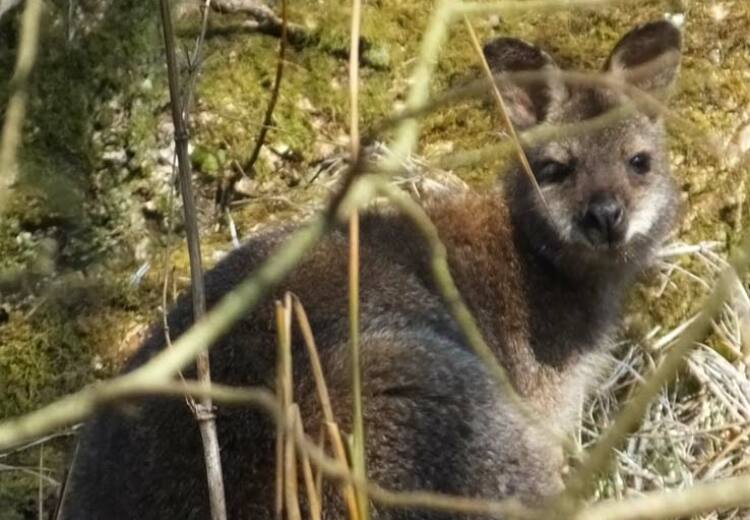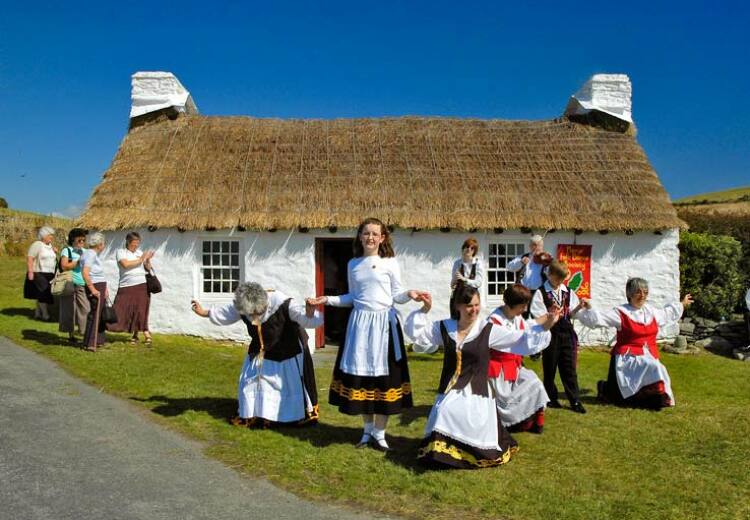New signage will enhance visitors’ enjoyment and understanding of Langness peninsula.A large area from Hango Hill east, taking in Castletown Golf Links, is an Area of Special Scientific Interest (ASSI).
Where not managed as golf greens, the vegetation is grassland, gallic heath and scrub. Plant life includes the rare celery-leaved buttercup. One of the largest areas of saltmarsh on the Island is on the west side of the peninsular. It is the only place in the British Isles inhabited by the lesser-mottled grasshopper.
Langness is the most important Manx location for wintering and migrant waders and wildfowl. The sheltered coast is important for ducks such as teal, widgeon and shelduck and wading birds such as lapwing, oystercatcher and ringed plover.
Interpretative signs were unveiled today by Richard Ronan MHK, Minister for Environment, Food and Agriculture, and David Cretney MLC, Member of the Department of Environment, Food and Agriculture (DEFA) with responsibility for Forestry, Amenity and Lands.
The Minister said:
‘Many thousands of visitors a year find their way to this beautiful part of the Isle of Man.‘We hope the signs will increase enjoyment and promote the importance and sensitivity of the peninsula.’ Mr Cretney said:
‘DEFA works with landowners at Langness to protect the unique environment. We hope the signage will enable walkers, golfers, bird watchers and countryside lovers to gain even more from their visit to this special place.’Information about Langness and the 20 other ASSI sites on the Island can be found at
www.gov.im/categories/the-environment-and-greener-living/protected-sites.
The new signs bear QR (quick response) codes, enabling users of smart devices to access the website.
Photo - Minister Ronan, Mr Cretney MLC, Andrew Sidebottom, Director of Forestry, Amenity and Lands, and Aline Thomas, Biodiversity Officer, with the new signage at Langness.







